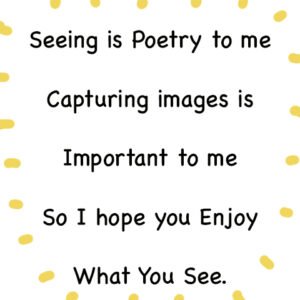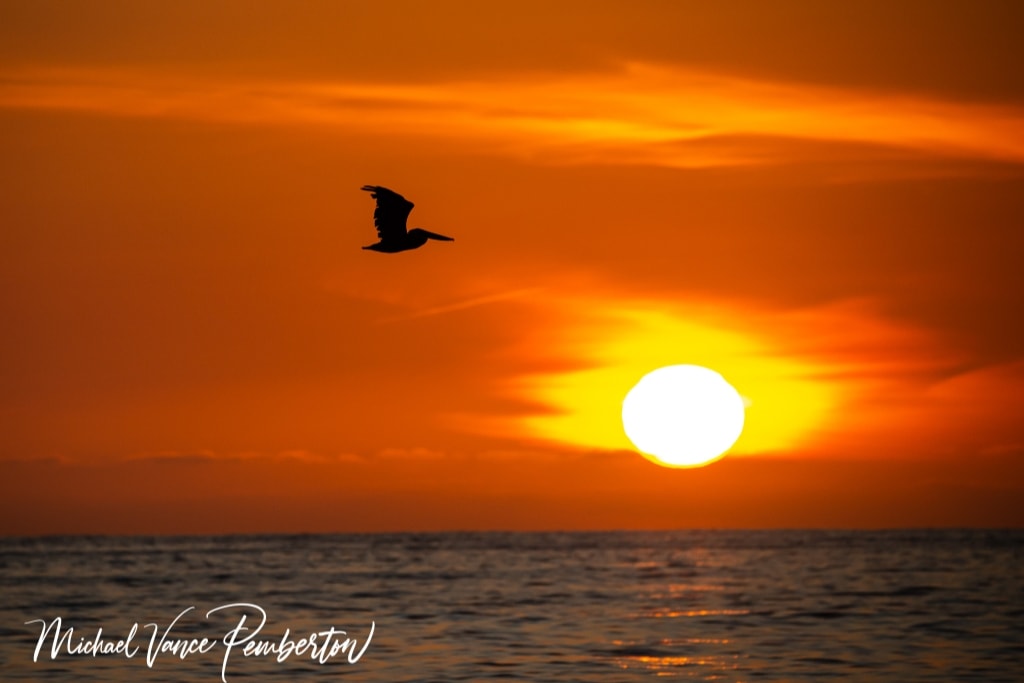
This article outlines the concepts of Photographing birds in flight.
The sun & wind location.
One of the things you will need to know is the sun’s location because getting good light plays one of the essential parts of photographing birds in flight successfully. I have learned over the years the best time is to go out during the golden hour, which occurs during the time just before sunset, and just after sunrise, that’s when you’ll find the sun is lower in the sky closer to the horizon. Photographing at this time helps to reduce the contrast, and the scene has a better color of light. The sunlight will appear reddish, also in addition to that, the lowering angle of the sun creates long shadows, which can add to an image. Knowing where the sun’s going to be is essential, but you don’t always have to have it at your back. You can have it in front of you and get some incredible silhouette shots of birds.
The direction of the wind plays a huge role when photographing birds in flight most birds are going to take off flying into the wind also when they’re landing they will do the same thing. I would suggest you have your back facing the wind as you would have the birds flying directly into your picture.
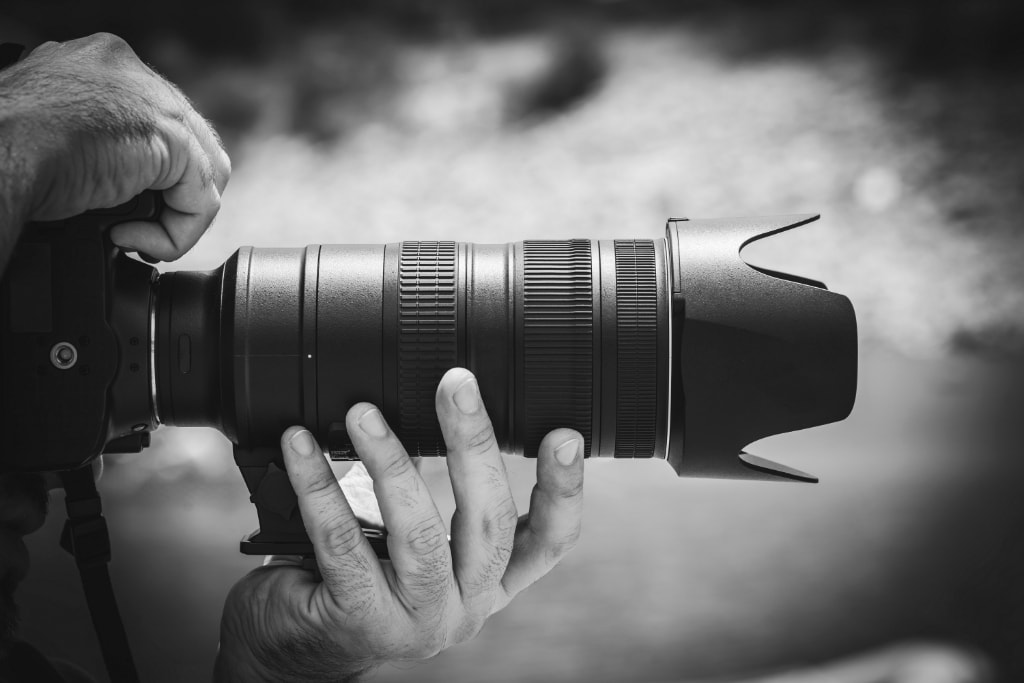
Use a tripod or not.
I found over the years, a lot of bird photographers, including wildlife photographers, go back and forth on when to use a tripod or not to use a tripod. My personal preference is always to use a tripod. I have found in the last several years that it has increased my sharp shots more since I started using a tripod full-time. If you’re not going to use a tripod or say your shooting with a light camera and lens like a 200 mm lens, I would suggest a strong stance where you have your feet placed a little bit staggered and have your elbows tucked into your side to help hold your camera steady especially when panning birds in flight. If you decide to use a tripod, I would also suggest getting a Gimbal head; it works like a seesaw and maintains a great balance when using a large lens to photograph birds in flight; it helps you have great control of movement.
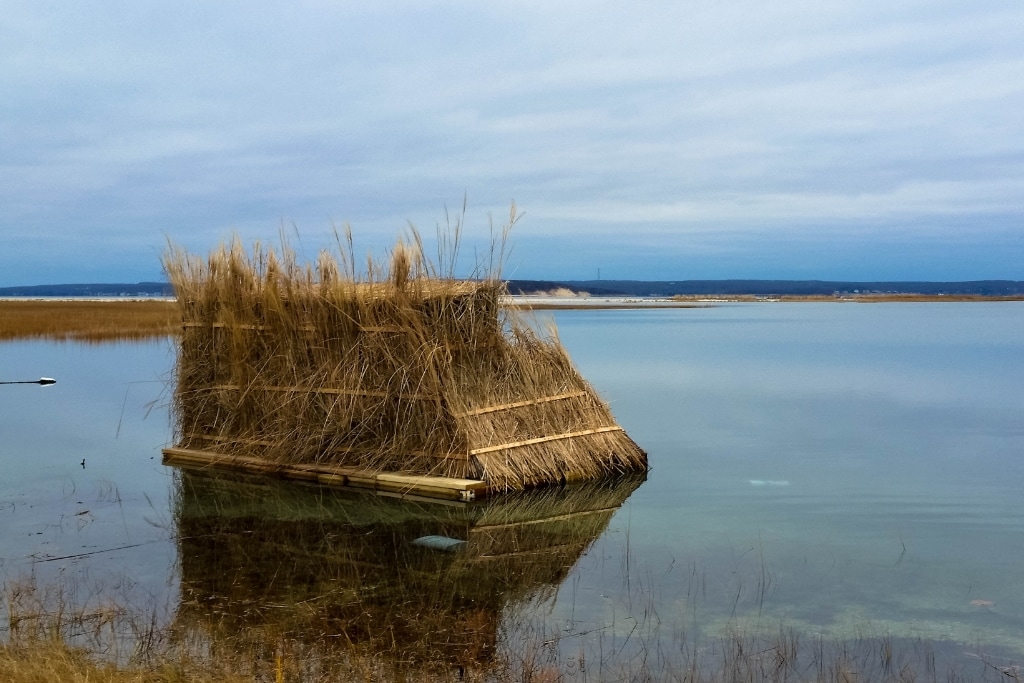
Make your self invisible.
Birds have an incredible vision, so I would make sure you wear the proper clothes. Don’t go out in blue jeans and bright-colored clothing. Wear dark colors or camouflage colors when photographing birds — or photographing wildlife, if possible, use the natural surroundings to hide from the birds like trees or brushes lay down in the foliage when possible. You can also purchase a blind that hunters use. I’ve done this a lot when I photograph ducks, especially floating in a blind out in the water. Do your best to blend in with your environment. It will make a difference in being able to get the birds to come closer to photograph them in flight.
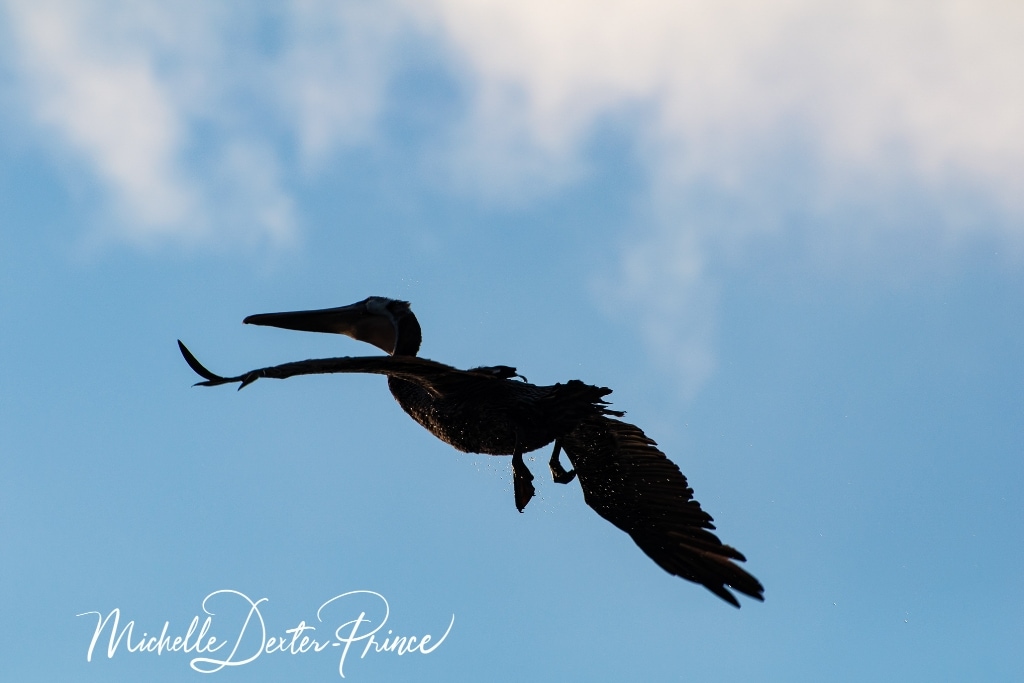
Use intermittent focusing.
Intermittent focusing is a great technique to use to capture great shots of birds in flight. Let’s say a bird is coming in on your right. Focus down on the bird and follow it but don’t take a photo while using the index button or back button, continue focusing and follow the bird until it gets into the right zone, which would be in the center and then start taking your pictures.
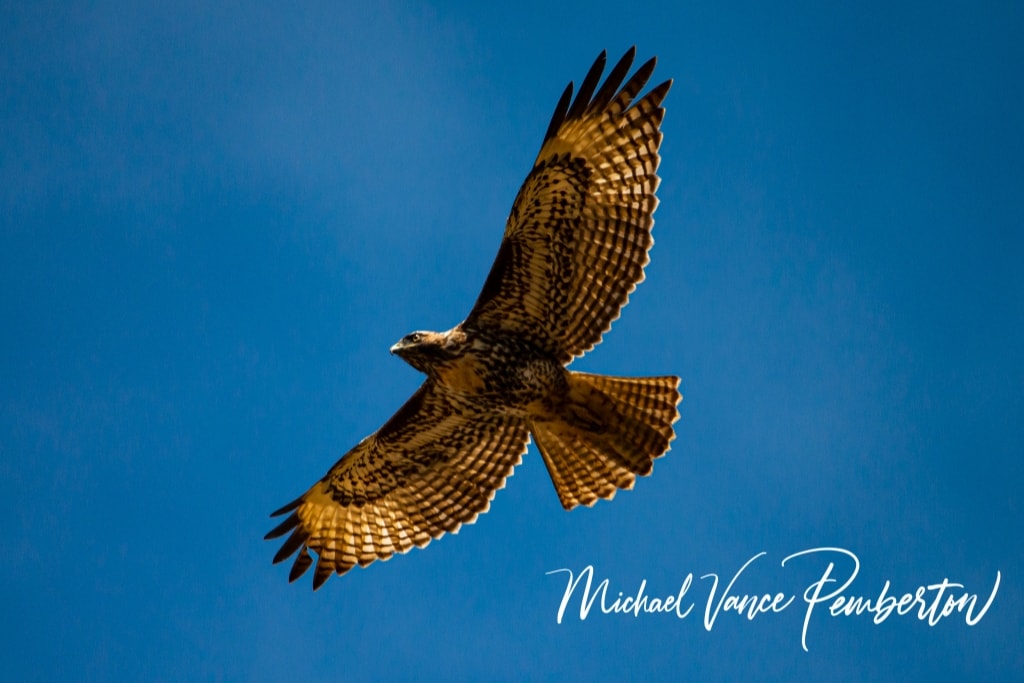
Choose a good location.
You hear this in real estate all the time location location location. I used to go out in the woods where I lived in Arkansas all the time looking for birds to photograph and would find no birds to photograph. What I had learned was I needed to find their feeding source, whether it’s berries or bugs or water. A great place to go would be close to rivers and lakes; it’s always a place where you’ll find an abundant food source for birds.

Focusing points & zoom.
Focusing points and when to zoom in and out with your lens is incredibly essential with birds in flight. Make sure you set your cameras focusing mode to continuous focus mode as long as you have your shutter button depressed halfway and continue to focus on the bird. Your camera will continuously focus on the movement of the bird. If you own a Canon camera, they call this function “Al Servo,” while Nikon calls it “Continuous-Servo” or AF – C. Nikon offers two additional options of autofocus. These modes work well for birds in flight because it’s 51-point dynamic-area autofocus and 3d tracking mode will both search all 51 focal points looking for movement of your bird. I own a Nikon D800e and found this very useful. One other thing, if you’re using a 100 mm to 400 mm lens, always start at 100 mm and then zoom out to 400 millimeters when you get your bird in the frame of your focus point.
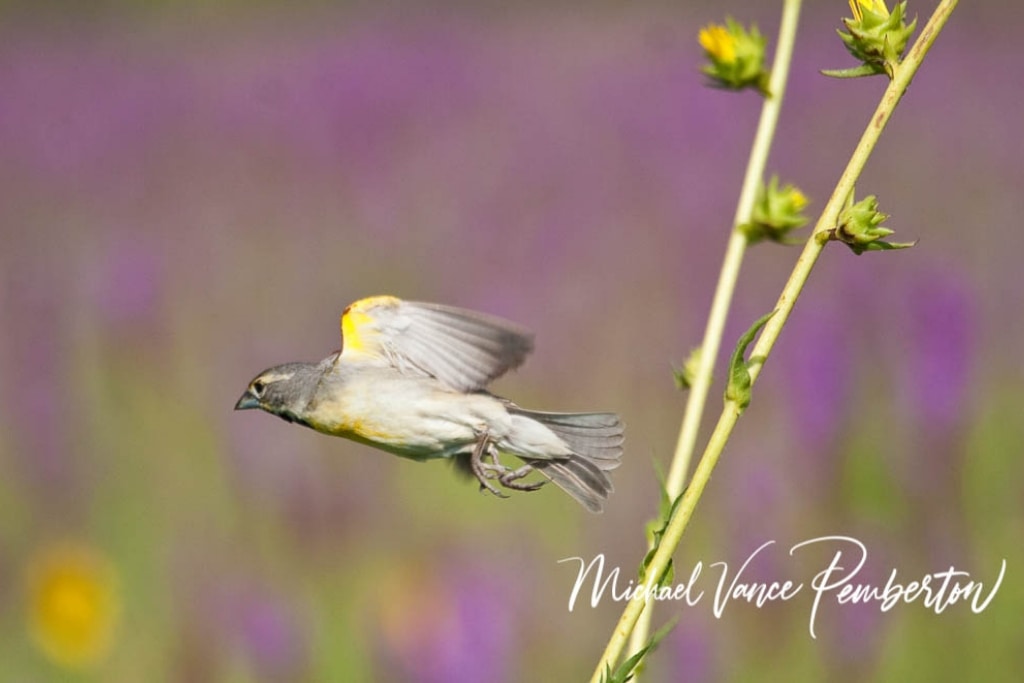
When should you stop photographing birds in flight?
When I first started photographing birds in flight, I always found it difficult when deciding when to start shooting and when to stop shooting birds in flight. What I discovered was when the bird came flying in, I would focus on it and follow it. As soon as it got into about the center and closest to me, I would start shooting and continually shooting up until the point when I could see the rear of the bird, and then I would stop shooting. I found that was the best way to limit how many shots I would take so I wouldn’t fill up a memory card really fast. Doing that allowed me to get a lot of good shots.
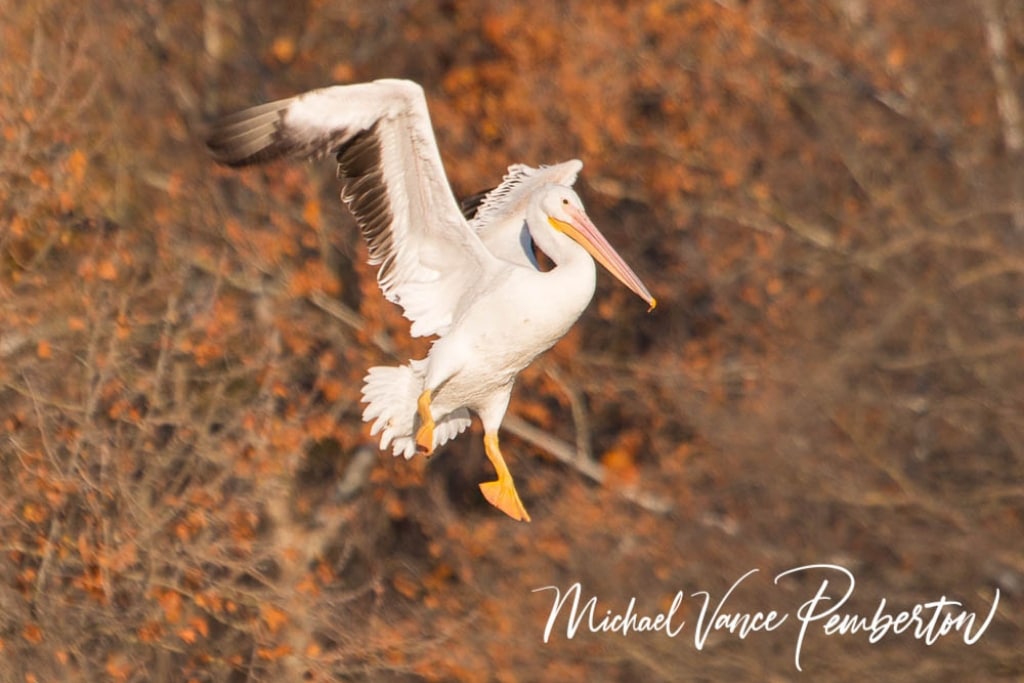
What is burst shooting?
Burst mode also called continuous shooting mode, allows you to take several photographs in quick succession by either pressing the shutter button or holding it down. What I have found that works best is take rapid sessions of pictures then let go then focus on the bird continually flying by and then again pressing it down and letting it go maybe 3 to 7 frames per second. Depending on your camera and how many frames per second they can take, you could fill up your memory card quite quickly. Plus, the buffer in your camera could end up filling up fast.
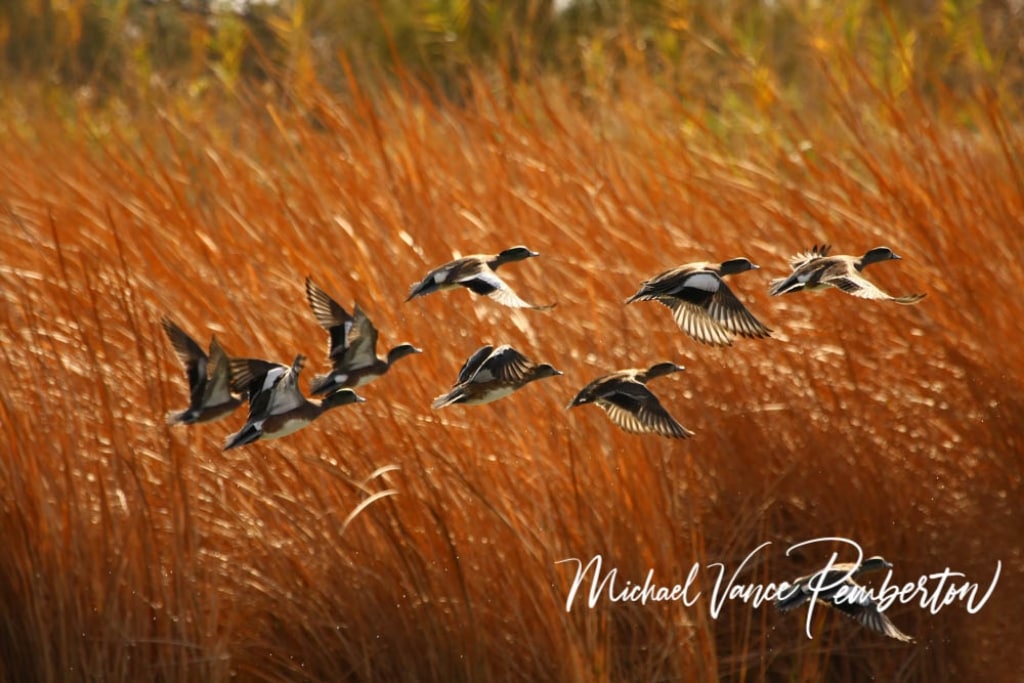
Study your subjects.
So the last thing when it comes to photographing birds in flight is to know your subject. You’re going to want to know what they feed on, as I talked about earlier. One of the things I discovered when photographing birds in flight was most birds will relieve themselves before they take flight if they’re perched on something. Picking up on that little habit made a massive difference in getting birds in flight. Being aware of these traits when leaving from a perch over and over it kept happening, really helped me to get some great shots like these. So take the time to learn about the birds that you want to photograph.
Conclusion: Remember to think about the time of day or night when you’re going to go out and photographing birds. The wind direction is essential; you can decide on whether to use a tripod or not. I always use a tripod when shooting birds in flight. Don’t forget to make yourself invisible and wear proper clothing. Choose a good location to go to photograph your birds. Don’t forget to use intermittent focusing and zooming in and out. Create good habits when photographing birds in flight, and don’t forget to get to know your birds.


Recent Posts
In a world of shadows, unaware they roam,People traversing, their stories unknown.Life's struggles are universal, silent cries,Yet some remain oblivious, under clear skies. In the tapestry of...
The Central Florida Air & Space Show is set to grace the skies again on April 20th and 21st, promising an exhilarating experience for aviation enthusiasts and families alike. Hosted at the...
